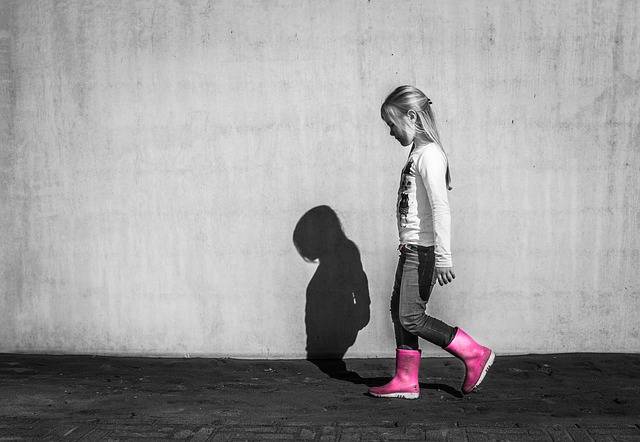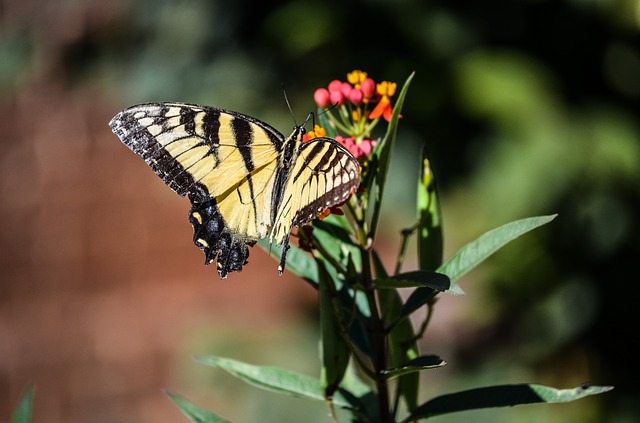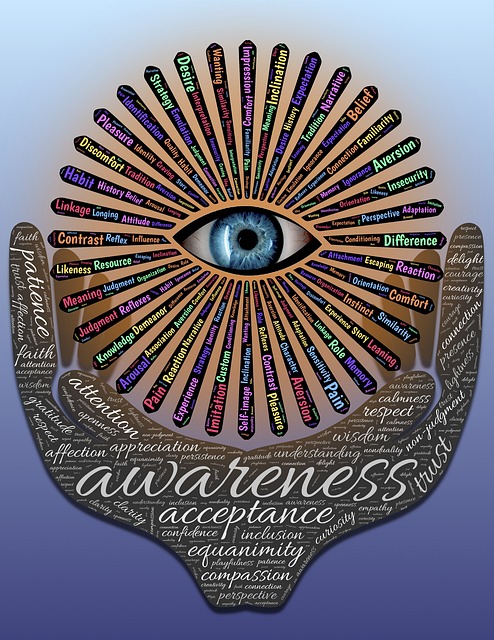Jack Kornfield and Tara Brach, in the Power of Awareness Meditation Training Course, identified a number of barriers that you could experience during a walking meditation. These relate to your internal thoughts and feelings and your physical balance.
I discuss three of these barriers below and offer some suggested strategies to overcome them:
- Loss of balance – you can experience a loss of balance because of the unusual slowness of the practice of walking meditation. The way around this barrier is to go a little faster until you find a speed that enables you to walk with ease and maintain your balance. Over time and with further practice, you will be able to walk more slowly without losing your balance.
- Invading thoughts – despite your intention to still your mind and the incessant internal chatter, you may find that, since you have stopped rushing to go somewhere, your mind will become hyper-active. You could be invaded with all kinds of thoughts, e.g. thoughts related to planning, negative self-evaluation, problem solving, or anticipation of a future event. The secret here is not to entertain these thoughts but let them float by and bring yourself back to your focus on your bodily sensations. This serves as good training for any form of meditation. In terms of negative self-evaluation, it is important to remember that there is no right way as far as walking meditation goes. You have to find the approach and location to suit yourself. The main thing to achieve is slowing down with a focus on bodily sensations.
- Strong emotions – sometimes when you slow down your pace of life through a walking meditation, some deep feelings emerge. They could be feelings of anger, grief, disgust or any other strong feeling. It is as if the hectic pace of life has enabled you to hide away from these feelings and avoid noticing them and naming your feelings. The feelings refuse to stay submerged when your focus turns from rushing to meet external expectations to focusing on you internal state, both physical and emotional. In this scenario, it is possible to stop walking and begin a standing meditation where you pay attention to the strong feeling, accept its existence, investigate its impact on your body and nurture yourself by drawing on your internal resources – a process we discussed as R.A.I.N meditation. When you have the strong feelings under control, you can resume your walking meditation.
As you grow in mindfulness through standing and walking meditations, you will develop strategies to overcome the barriers to your focus and, in the process, acquire a core skill that will positively impact other forms of meditation and your daily life. Focus is the foundation for awareness, productivity, creativity and social skills.
By Ron Passfield – Copyright (Creative Commons license, Attribution–Non Commercial–No Derivatives)
Image source: courtesy of Skitterphoto on Pixabay
Disclosure: If you purchase a product through this site, I may earn a commission which will help to pay for the site, the associated Meetup group and the resources to support the blog.









